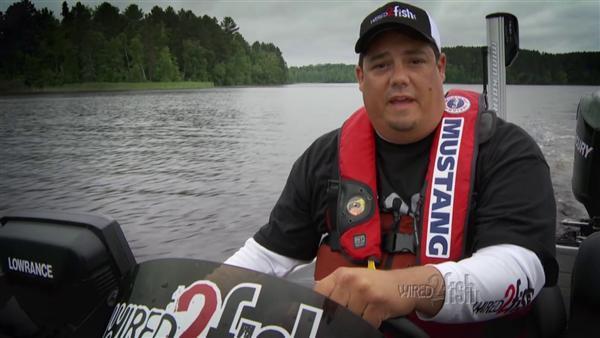.embed-container { position: relative; padding-bottom: 56.25%; height: 0; overflow: hidden; max-width: 100%; } .embed-container iframe, .embed-container object, .embed-container embed { position: absolute; top: 0; left: 0; width: 100%; height: 100%; }
Finding fish away from the bank requires a lot of time scanning with your electronics. Having the right graphs and split screens can make the job a lot easier.
I spend a lot of time fishing mid-south reservoirs where bass relate to hard bottoms and shell beds adjacent to river channel ledges, the fresh water version of fishing off shore. I split my Lowrance screen between side scan and mapping, mapping the orient along the edge and structure scan to locate schools of active bass. I’m looking for fish oriented horizontally along the bottom.
Set your side scan to look 30-50 feet out to each side to clearly mark fish. This is an active search screen. I won’t wet a line until my electronics have revealed fish in the area.
Once you find fish, I’ll set a marker buoy at the end of the school. A visual reference is handy when finding the right casting angle. Craws and shad are on the menu so experiment with crankbaits, football jigs, Carolina rigs and swimbaits to get bit.












